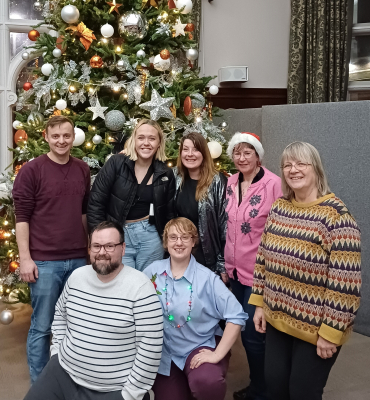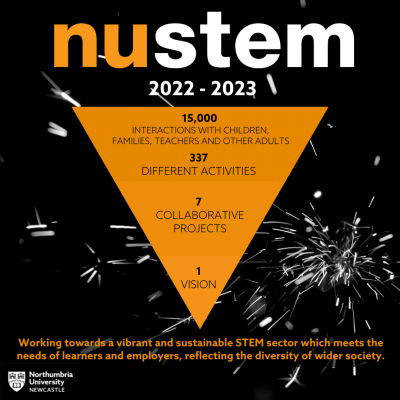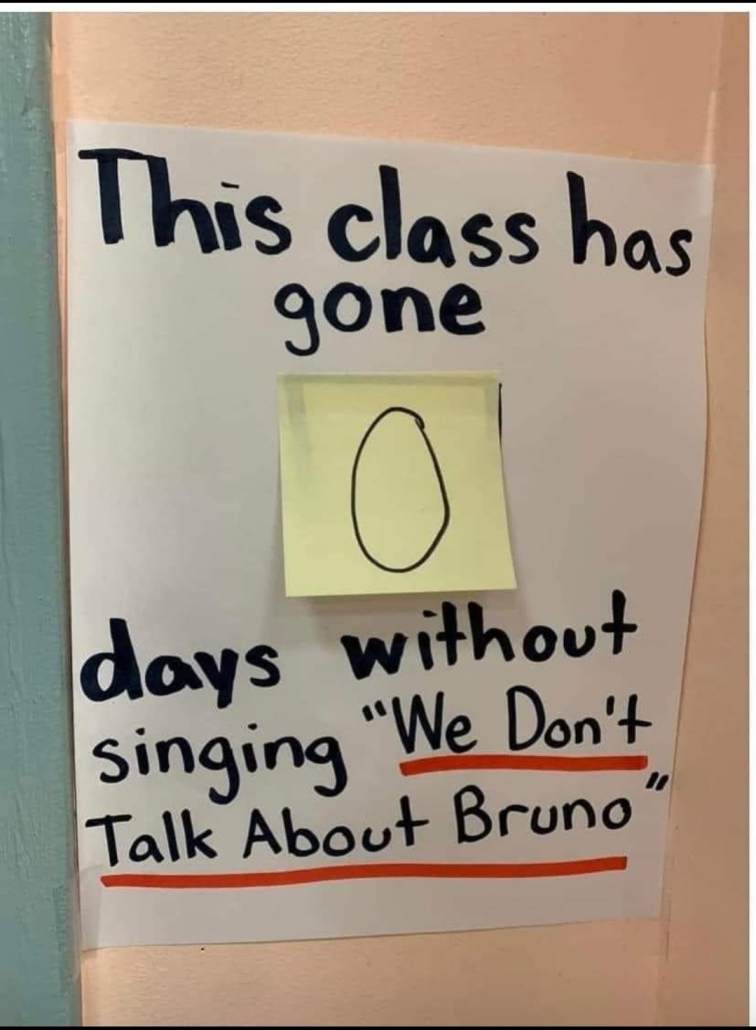NUSTEM Update – Autumn 2023
This academic year, NUSTEM has been delivering three main workshops in primary school: The Geologist, Naval Architect, The Mathematician. We’ve also been running our annual Sixth form evening lectures as well. Since September we have completed 70 activities engaging over 2000 children, 200 parents and 250 teachers.
For the Geologist workshop, year 3 classes came to visit the Think Lab here at Northumbria University. They have learned how rocks are formed, considered the attributes a geologist needs and what a career in geology might look like. This workshop has had a lot of positive feedback from the children and their teachers. Children can also tell their families what they have been doing using a QR code which links to information on the NUSTEM website.
In the Naval Architect workshops Mel and Caitlin visited Year 1 classes to develop interest in Naval Architecture. Pupils made boats from different materials and tested what shape these materials needed to be to float. After the session, we invited parents into the school for a workshop so the children could show their parents/guardians what they have learnt with us.
Our new Mathematician workshop works with year 5 and 6 students to show children that maths isn’t just numbers and equations but can be about patterns and repetition. We taught them about self-similar patterns and how they are everywhere in nature. We also showed them how mathematicians struggle to measure the perimeter of the coastline and asked the children how they would fix this problem. They looked at how the Sierpinski triangle is formed through a specific algorithm, and they were fascinated by this and continued to make the pattern at home and have sent us their creations!
The annual Sixth form evening lecture series coordinated by Antonio have also taken place this term. This year the evening lectures covering topics in maths and physics including ‘The Physics of bio- inspired by surfaces’ by Prashant Agrawal, ‘Talking in light’ by Mojtaba Mansour Abadi, ‘Heating solar cells’ by Giulia Longo, ‘Why does space sing’ by Dan Ratliff, ‘When plants eat animals’ by Ciro Semprebon, ‘Snowflakes in the Oven: coronal rain in the solar corona’ by Patrick Antolin, ‘An introduction to quantum chaos’ by Remy Dubertrand, and ‘The complex beauty of fractal geometry’ by Matteo Sommacal. The lectures were well-attended by students from different schools from around the region. Excellent feedback has been received from those that attended. Keep an eye out for them starting again in November 2024!
Joe visited Boulby Mine this November, as part of our STFC funded project ‘STEM Communities’. Boulby Mine is a laboratory owned and managed by the Science and Technology Facilities Council and is especially interesting as it is 1.1km below the ground. Being underground and surrounded by salt and rock makes it a good place for measuring background radiation. The STFC are a UK based group that looks after some of the biggest UK experiments. NUSTEM is currently working with the staff at the mine to create a set of STEM person of the week cards to showcase and highlight the different people who work at Boulby: this set will be available on our website in the New Year.
Last month we launched Climate Change: It’s in Our Hands , a classroom-based game designed to make the often-complex subject of climate change accessible and engaging in a meaningful way. NUSTEM worked together with colleagues in the geography department, a local design company Roots and Wings, and children in New York primary school to design the game. We are also starting a new project with Northumbria’s Geography department and environmental colleagues at Newcastle University which is looking at how university outreach can support diversity of people who want to study geography and environmental science. The project was funded by the Natural Environment Research Council.
This month also saw the announcement of a new partnership between Northumbria University, the UK Space Agency and global aerospace and security company Lockheed Martin to set up NESST, a centre for supporting space research and technology in the region. Annie has recently finished a commission to carry out the evaluation of the Lockheed Martin Space Camps for Year 6 and Year 12 delivered at the University of Sunderland. As part of NESST, NUSTEM will be supporting visits to NESST from partner primary schools, once the building is finished in 2025.
We have also welcomed Emmy Amers to the NUSTEM team to begin her PhD at Northumbria University. Emmy’s PhD will look at role models in outreach provision and their impact on children. This month she has been working on her literature review. Emmy also delivered as successful presentation at a conference in Belgium.
As we reach the end of the calendar year, the NUSTEM team wish you all a peaceful holiday, and a happy New Year.



 If you haven’t seen this image doing the rounds – sorry, we don’t know who originated it – you very likely recognise the situation anyway. It’s been several months and this song is still everywhere.
If you haven’t seen this image doing the rounds – sorry, we don’t know who originated it – you very likely recognise the situation anyway. It’s been several months and this song is still everywhere.